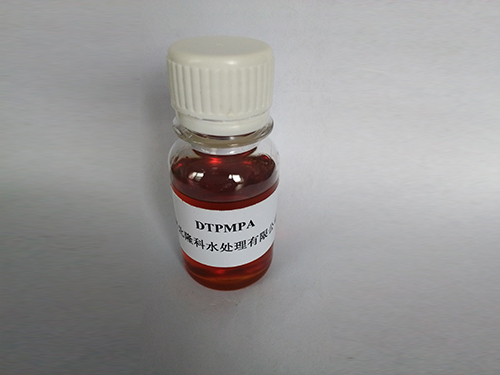phosphono
The Role of Phosphono Compounds in Modern Chemistry and Industry
Phosphono compounds, featuring a phosphorus atom bonded to a carbon chain and at least one oxygen atom, play an increasingly vital role in various fields, including pharmaceuticals, agriculture, and materials science. Their unique chemical properties and reactivity make them invaluable tools for researchers and industries alike. This article explores the structure, applications, and significance of phosphono compounds, reflecting on both their benefits and challenges.
Structural Characteristics
Phosphono compounds are characterized by the presence of a phosphonic acid group, -PO(OH)2, or its derivatives, where the phosphorus atom is usually tetravalent. This unique capability allows for diverse bonding configurations, resulting in a variety of phosphono derivatives. Structural modifications can lead to significant changes in their chemical behavior, enhancing their utility in specific applications. The hybridization of the phosphorus atom often influences the compound's stability, solubility, and reactivity, making it a focal point for chemists aiming to synthesize new and improved materials.
Applications in Agriculture
One of the most notable applications of phosphono compounds is in agriculture. Compounds such as glyphosate, a widely used herbicide, contain phosphono groups that disrupt the metabolic processes of plants. This specific action provides effective weed control, making them essential in modern farming practices. However, the use of phosphono-based herbicides also raises environmental concerns, prompting research into more sustainable chemical alternatives or biopesticides with phosphono structures.
In addition to herbicides, phosphono compounds can act as growth stimulants in certain formulations, enhancing crop yield and resilience. By modifying the structure of phosphono compounds, scientists can tailor their effects on specific crops, leading to a more targeted and efficient approach to agricultural enhancement.
Role in Pharmaceuticals
Phosphono compounds have also found significant roles in the pharmaceutical industry. Their ability to mimic biological molecules makes them powerful candidates for drug development. For instance, some antiviral drugs incorporate phosphono groups to inhibit viral replication mechanisms. The presence of the phosphono group in these compounds allows them to bind effectively to viral enzymes, making them potent inhibitors and offering therapeutic effects against various diseases.
phosphono

Another exciting area of research involves phosphono-based nucleoside analogs, which have shown promise in treating viral infections and cancer. The unique properties of phosphono compounds enhance the selectivity and potency of these drugs, leading to more effective treatments with potentially fewer side effects.
Innovations in Materials Science
In materials science, phosphono compounds are making their mark through their incorporation into advanced materials, including polymers and nanomaterials. Their high reactivity enables the development of new materials with favorable properties, such as increased thermal stability and improved mechanical strength. Phosphono-functionalized polymers can be tailored to specific applications, including in coatings, adhesives, and composites.
Moreover, phosphono compounds can also serve as modifiers for surfaces, enhancing the adhesion properties of materials. This capability is particularly relevant in the development of biomedical devices where biocompatibility and surface functionality are critical.
Challenges and Future Perspectives
Despite their numerous applications, the synthesis and use of phosphono compounds present various challenges. The structural complexity of these compounds can lead to difficulties in reproducibility and scalability in manufacturing processes. Additionally, environmental concerns related to their persistence and potential toxicity necessitate further research into safer alternatives or degradation methods.
As the demand for sustainable practices increases, the role of phosphono compounds must evolve. Innovative research into biodegradable phosphono derivatives could lead to environmentally friendly applications without compromising effectiveness. Meanwhile, the ongoing exploration of their diverse chemical properties promises to unveil new applications and innovations.
Conclusion
In summary, phosphono compounds play a crucial role in modern chemistry across multiple disciplines, including agriculture, pharmaceuticals, and materials science. Their unique structural characteristics and reactivity offer numerous opportunities for advancement while also posing challenges that necessitate continued research and development. With ongoing studies aimed at enhancing their functionalities and mitigating environmental impacts, phosphono compounds are poised to contribute significantly to future innovations and sustainable practices in various industries.
-
Water Treatment with Flocculant Water TreatmentNewsJun.12,2025
-
Polymaleic AnhydrideNewsJun.12,2025
-
Polyaspartic AcidNewsJun.12,2025
-
Enhance Industrial Processes with IsothiazolinonesNewsJun.12,2025
-
Enhance Industrial Processes with PBTCA SolutionsNewsJun.12,2025
-
Dodecyldimethylbenzylammonium Chloride SolutionsNewsJun.12,2025





